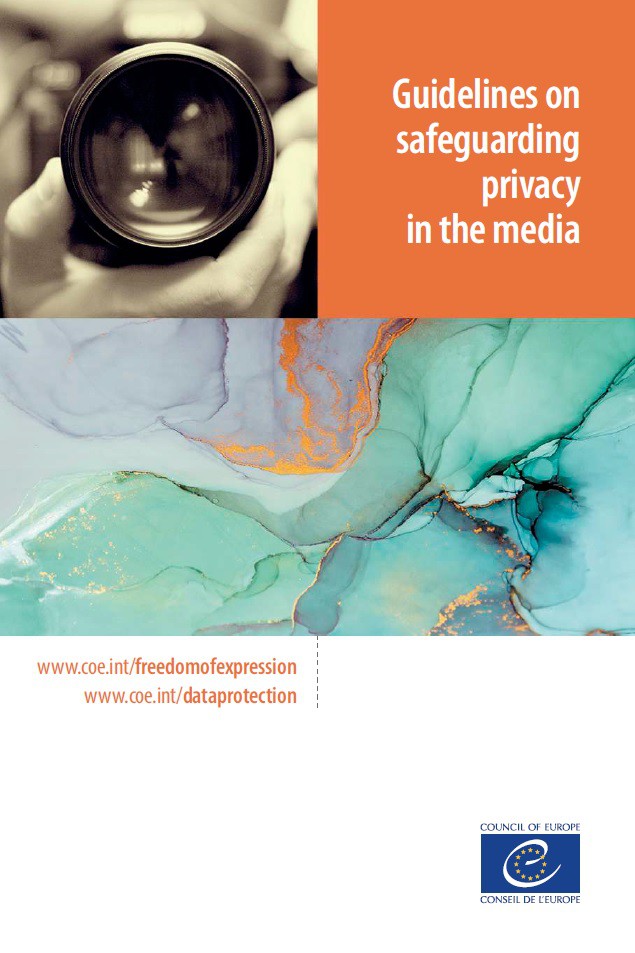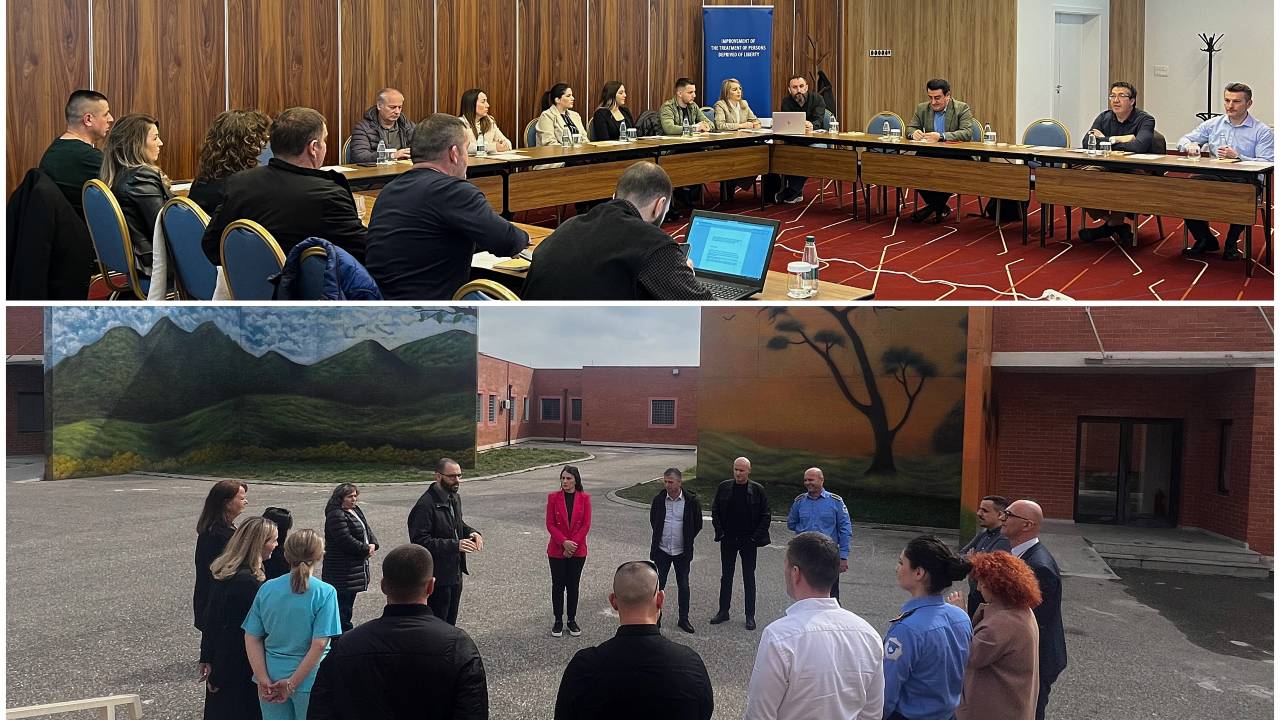The Council of Europe’s “Guidelines on safeguarding privacy in the media” have been translated into local language under the joint programme of the European Union and the Council of Europe "Horizontal Facility for the Western Balkans and Turkey 2019-2022", and action on "Freedom of expression and freedom of the media in Kosovo* (JUFREX)". The version of Guidelines in Serbian language have been translated under the joint programme of the European Union and the Council of Europe "Horizontal Facility for the Western Balkans and Turkey 2019-2022", and action on "Freedom of expression and freedom of the media in Serbia".
These guidelines contain a collection of European standards and of the European Court of Human Rights concerning the protection of privacy of public figures and private individuals in the media. They also include data protection principles based on several regulatory instruments and best practices.
The guidelines aim to help journalists and other media professionals with the practical application of the mentioned standards to the individual ethics-related dilemmas and to support the high-quality journalism.
*This designation is without prejudice to positions on status, and is in line with UNSC 1244 and the ICJ Opinion on the Kosovo Declaration of Independence




